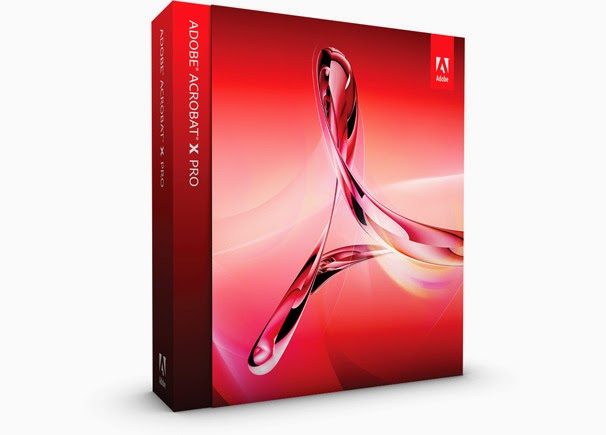Jan 31, 2020 However, this way you can only remove the Little Snitch 4 application files and as for other app files, like Little Snitch 4 cached files, preference settings and running reports/logs, probably they'll be left behind. Follow steps below to learn how to uninstall Little Snitch 4 from your Mac manually (Learn How To Uninstall MacKeeper). Little Snitch. Makes these Internet connections visible and puts you back in control! Decide immediately Alert Mode. Whenever an app attempts to connect to a server on the Internet, Little Snitch shows a connection alert, allowing you to decide whether to allow or deny the connection. No data is transmitted without your consent. Uninstall Little Snitch Using its Native Uninstaller. After the removal of Little Snitch, Mac will be restarted automatically. So make sure that you have saved all important information on Mac in advance. Here is how to delete Little Snitch for Mac, using its own uninstaller: Open the “LittleSnitch-4.0.5.dmg” file. An incomplete Little Snitch uninstall can result in program lock-ups, slow PC performance, system freezes, shut down and startup problems, and installation errors. Fixing the Problem To quickly and effectively remove all remnants of Little Snitch from the Windows registry and optimize your computer performance, it is highly recommended that you. May 27, 2015 Objective Development has released Little Snitch 3.5.3 with a significant reduction in the CPU load used by the Little Snitch menu bar item. The network monitoring utility also improves compatibility with OS X 10.10.4 Yosemite, fixes a bug that could cause the menu bar item to get stuck in highlight mode, improves searching for denied connections in the Network Monitor, and fixes a.
Little Snitch for Mac OS is a great little gem to protect your data from being sent out to third-party apps through the Internet. For instance, you can use Little Snitch to hamper the outgoing traffic and block websites and apps that require access to the data stored on your Mac.
In other words, Little Snitch provides flexible options to grant or block permissions to Mac applications.

However, if you want to uninstall Little Snitch from your Mac, for you’ve your own reasons, then keep reading further.
Remove Little Snitch App Completely From Mac OS
Dragging the application to Trash folder will remove the application, but, unfortunately, not all the core files of Little Snitch are deleted and the files still reside on your Mac.
Also, All-in-one installers like AppZapper and AppCleaner may often fall short with complex applications. But if you have an app cleaner installed on your Mac, give it a shot, otherwise use the default Little Snitch uninstaller.
To make the removal procedure easier, Little Snitch has its own uninstaller that can be found using the following steps:
- Open Finder, search for Little Snitch DMG file.
- Click on Little Snitch Installer — yes, installer!
- A window pops up with two options: Uninstall and Install.
- Choose Uninstall to remove Little Snitch from Mac. To install the app again, click on Install.
Pretty easy, right? But you haven’t won yet. There are some user files that needs to be deleted to permanently remove Little Snitch from your computer.
So, if you wish to completely remove the stored preference on your Mac, then delete the following files and folders, as mentioned at Obdev:
/Library/Application Support/Objective Development/Little Snitch/
~/Library/Application Support/Little Snitch/
~/Library/Preferences/at.obdev.LittleSnitchConfiguration.plist
~/Library/Preferences/at.obdev.LittleSnitchNetworkMonitor.plist
~/Library/Preferences/at.obdev.LittleSnitchInstaller.plist
The “~” tilde sign refers to your home folder.
That’s it! All the redundant files of Little Snitch are gone. In case you want to reinstall the app, you have to launch the .DMG file again.
Related posts:
How To Remove Little Snitch
Starting with macOS 10.15.4 the above “Legacy System Extension” message will be shown when Little Snitch is installed.
→ Please read this blog post to learn more about why this message is shown.
Will there be an update of Little Snitch that’s compatible with macOS 10.16?
Yes. We are going to release Little Snitch 5 later this year, which will be compatible with macOS 10.16. → Learn more…
Keyword is a predefined or reserved word in C library with a fixed meaning and used to perform an internal operation. C Language supports more than 64 keywords. Every Keyword exists in lower case latter like auto, break, case, const, continue, int etc. Dev-C is a free IDE for Windows that uses either MinGW or TDM-GCC as underlying compiler. Originally released by Bloodshed Software, but abandoned in 2006, it has recently been forked by Orwell, including a choice of more recent compilers. Keywords (C); 2 minutes to read +2; In this article. Keywords are predefined reserved identifiers that have special meanings. They cannot be used as identifiers in your program. The following keywords are reserved for Microsoft C. Names with leading underscores, and names followed by (C/CLI) are Microsoft extensions. Summary of basic C-commands Compiling To compile a C-program, you can use either gor c. G -oexecutable filename.out sourcefilename.cc c -oexecutable filename.out sourcefilename.cc e.g. G -o Csampleinout.out Csampleinout.cc For the following commands you can find at the end of this summary sample programs. Each command in C is followed by “;”.
Little Snitch For Pc
Will I get the update for free?
Little Snitch 4.4.3
Yes. All licenses sold now include a free upgrade to Little Snitch 5. In addition, customers who purchased Little Snitch 4 within a one-year period prior to the final release of Little Snitch 5 will also get a free upgrade. → Learn more…
Will Little Snitch 4 run on macOS 10.16?
Little Snitch 4 will not be loaded on macOS 10.16 by default, but there will still be an option to allow the loading. → Learn more…